When I first started quilting, I used my old hand-me-down sewing machine. The one my mom bought in the ’90s that rattled louder than my blender.
It got the job done, sure…
But every time I tried stitching through multiple quilt layers, the poor thing sounded like it was begging for mercy. My fabric bunched, the stitches skipped, and I swore I’d never quilt again.
Quilting Sewing Machine
I used to do quilting on a sewing machine, layer your quilt sandwich (top, batting, and backing), baste it securely, then stitch through all layers using a walking foot or free-motion foot.
But then one day, while watching a quilting tutorial, I noticed how effortlessly the instructor’s machine glided through thick batting like butter. 😍
That was my lightbulb moment. I realised. It wasn’t me messing up. It was my machine holding me back.
So, I went on a mission to find the best sewing machine for quilting. Finally found what separates a “decent sewing machine” from one that’s truly built for quilting.
Let’s talk about the machines that actually make quilting easier, not harder.
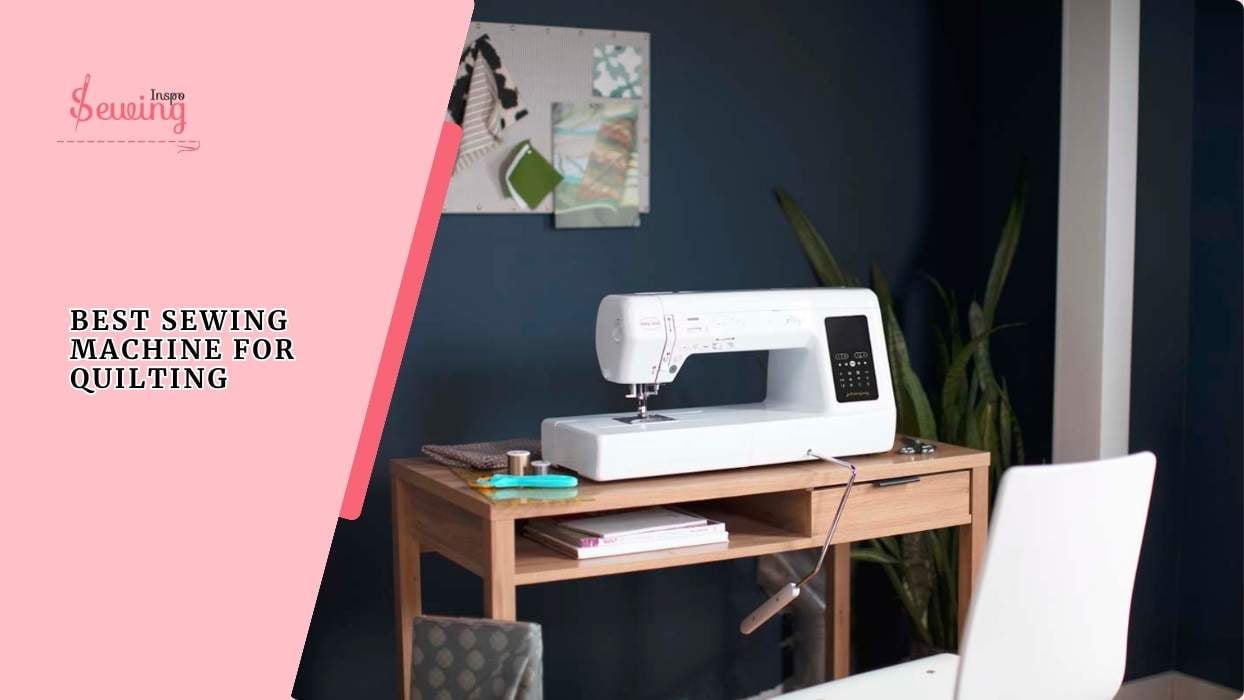
Table of Contents
What Is The Difference Between A Sewing Machine And A Quilting Sewing Machine?
A regular sewing machine is designed for general sewing tasks like clothing and home décor. It handles 1\2 layers of fabric and usually has a smaller throat space.
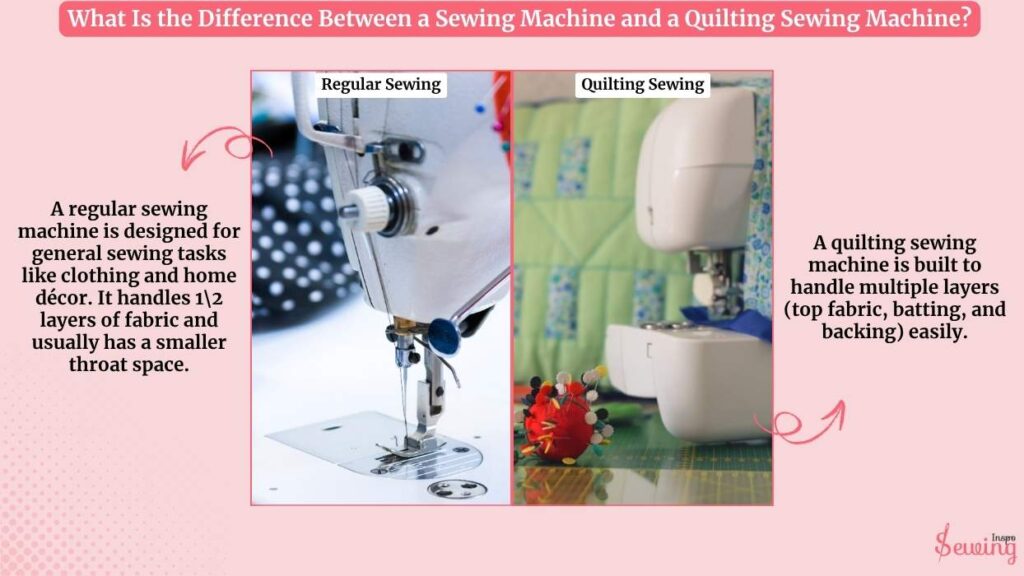
A quilting sewing machine is built to handle multiple layers (top fabric, batting, and backing) easily.
It typically has a larger throat space, an extension table, and quilting-specific accessories like walking feet, ¼-inch feet, drop-feed options, and adjustable presser foot pressure. These features make piecing, free-motion quilting, and managing bulky quilts much easier.
What Sewing Machine Do Most Quilters Use?
If you ask most quilters, the machines they reach for aren’t giant long-arms or super fancy industrial models.
They usually stick with mid-range domestic machines that make quilting easier without breaking the bank. Brands like Brother and Janome are the favourites.
These machines have just the right features to handle quilts without feeling intimidating.
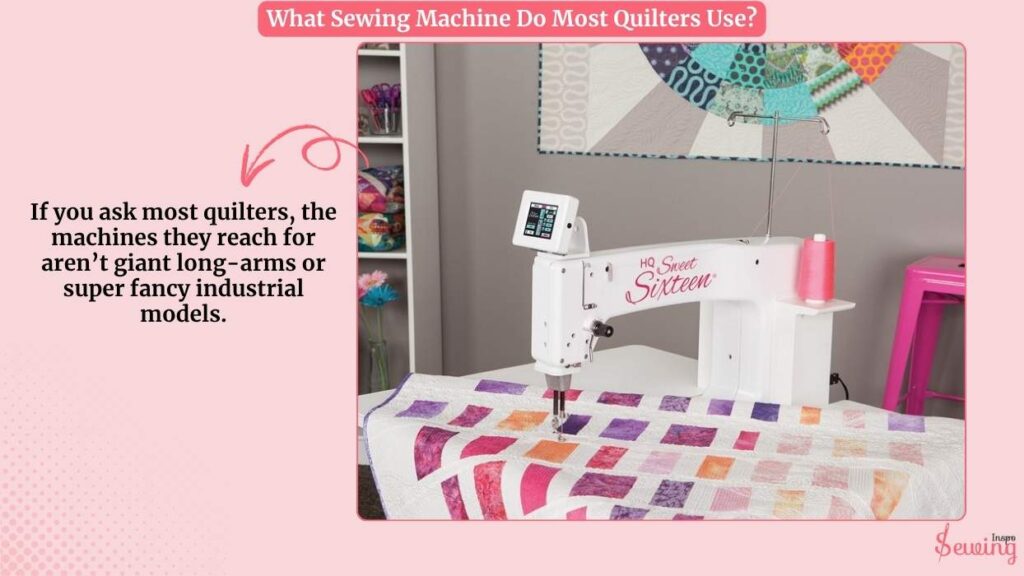
From Reddit threads and quilting forums, you’ll see many users say they started with a good domestic machine (sometimes even a used one) and then upgraded later. One quilter wrote:
“I have many machines … Both have large harp space … easy to move a quilt through.”
Why do so many stick with these machines? They have:
- Enough throat space to move quilt layers around comfortably.
- Wide tables or extension tables for large quilt tops.
- Quilting-friendly accessories like a walking foot, ¼-inch foot, and drop-feed option for free-motion.
- Simple, reliable stitching that doesn’t jam on multiple layers.
The truth is, you don’t need a giant long-arm machine to make beautiful quilts. Most hobby quilters get by (and happily!) with a well-equipped domestic machine.
But if you still want to work professionally, then buy a machine which is only made for quilting.
3 Best Sewing Machine For Quilting, According To Me
After spending hours stitching, testing layers, and wrestling with thick batting, I’ve narrowed down the sewing machines that actually make quilting enjoyable instead of frustrating.
These are the ones that handle multiple layers with ease and give consistent stitches. And don’t leave you with sore fingers or headaches.
Here are my top 3 picks for the best sewing machines for quilting.
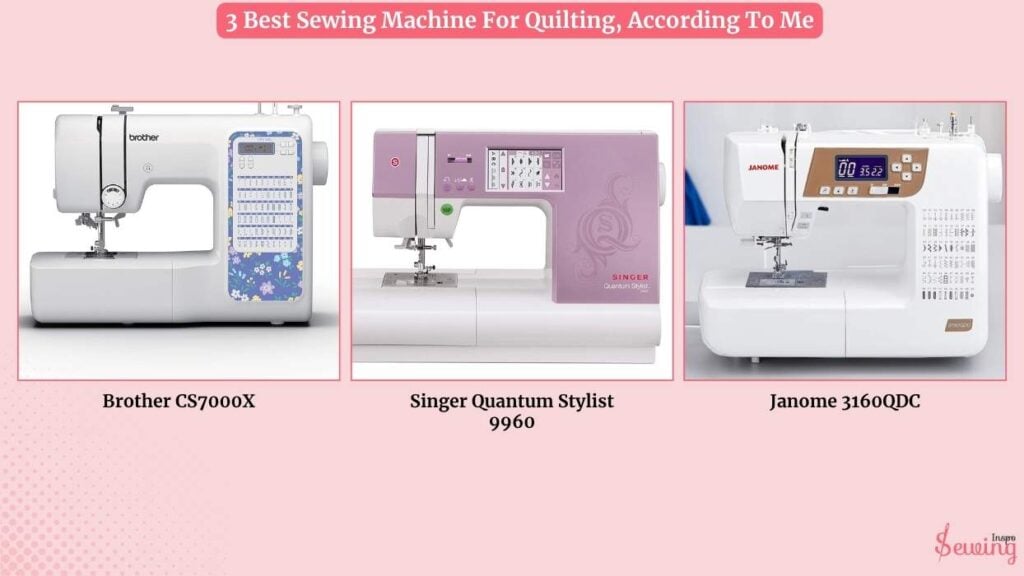
- Brother CS7000X
- Singer Quantum Stylist 9960
- Janome 3160QDC
Brother CS7000X
I immediately noticed how much easier it made handling thick, layered fabrics. The wide table of brother machine saved me.
Threading the needle is usually the most annoying part for me. But with the machine, I didn’t have to struggle. Cause the automatic needle threader, that hassle disappears completely.
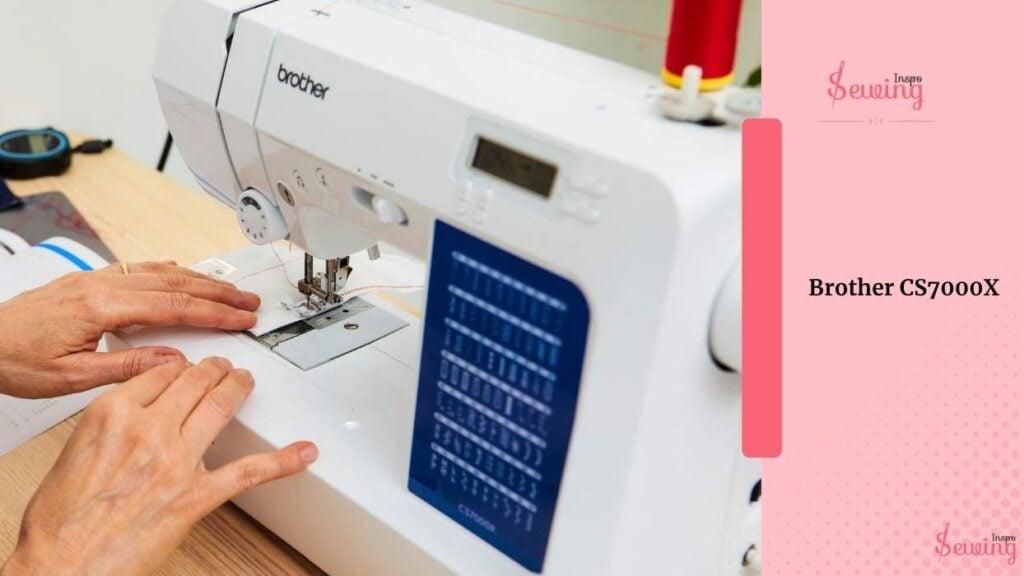
I could focus on my quilt blocks instead of squinting and fumbling with thread every few minutes.
For piecing multiple layers, the walking foot was the real hero of the Brother CS7000X.
It grips all the fabric layers evenly, so nothing shifts while sewing. And for free-motion quilting, the drop feed lever.
That lets me move the fabric freely, creating smooth, custom designs without struggling against the feed dogs. I’ve done curves, loops, and swirls that used to feel impossible on my old machine.
The machine also includes a 1/4-inch quilting foot and a quilt guide.
It makes accurate seam allowances simple. On past machines, I had to measure or eyeball constantly. That was tiring. But here I can maintain perfect alignment without thinking about it.
Basically, I can do quilting on this machine without any hassle.
| What Makes Brother Cs7000x Best For Quilting? |
| Brother CS7000X has a throat space of 6.2 inches in width and 3.9 inches in height. This size is perfect for handling standard quilting projects. It gives fabric room for working quilt layers and gets perfect stitching. |
Singer Quantum Stylist 9960
Right from the start, I loved how the included extension table gave me more surface to work on. Trying to manage quilt blocks in a regular sewing space feels annoying. But with this singer sewing machine, I didn’t have to do it.
But this gave me breathing room. I can stack quilt layers, rotate round corners, and align seams. It has become more manageable.
The drop-feed/free-motion setup is decent, too. So, I could lower the feed dogs and try some custom quilting designs without fighting the machine.
The automatic thread cutter is another feature I didn’t think I’d love…..until I used it.
No more scissors every two minutes. Just press a button, and the threads are trimmed clean. Combine that with the automatic needle threader, and setup becomes quick and frustration-free.
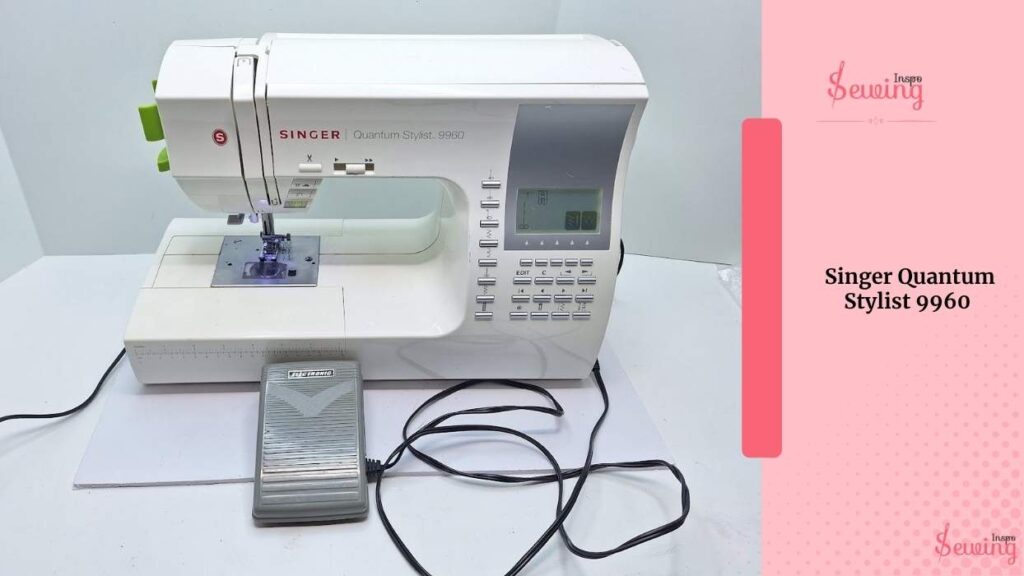
For speed, it can go up to 850 stitches per minute.
This is perfect when you’re piecing long quilt seams. But my favourite part is the speed control slider. I can slow it down for delicate areas and speed it up when I’m confident.
That flexibility keeps my stitches even and my fabric steady. That’s why I would make quilting beautifully.
| What Makes the Singer Quantum Stylist 9960 Best For Quilting? |
| The Extra-High Presser Foot Lifter is the best feature for quilting. This might seem like a small detail, but when you’re working with a quilt top layer + batting + backing, space is a must. |
Janome 3160QDC
I remember unboxing the Janome 3160QDC thinking, “Okay, let’s see if this little guy can actually handle a real quilt.” 😒
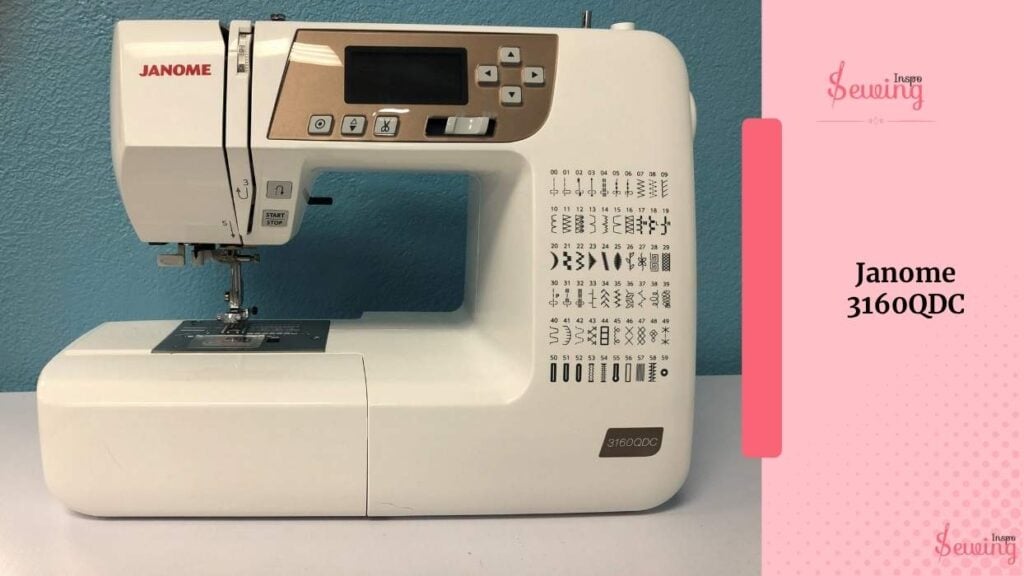
Spoiler: it did, and then some.
It gives you that extra room to move your fabric around without constantly re-adjusting or feeling cramped. I used it while quilting a throw-sized piece, and the fabric just glided across like butter.
Another thing that stood out was Janome’s Superior Feed System Plus.
It’s got seven feed dogs that keep every layer moving evenly. There is no bunching, no uneven stitches. Just smooth sailing, even with batting sandwiched in. You can tell this machine was built for multi-layer projects.
When I switched to free-motion quilting. It dropped the feed dogs and adjusted the presser foot pressure, which felt seamless. I didn’t have to fight the machine.
It just followed along, letting me stitch my designs with control and comfort.
Honestly, the Janome 3160QDC feels like it was made by someone who actually quilts. Not just someone designing another “all-purpose” sewing machine. It’s portable, reliable, and makes quilting easier without overwhelming you with unnecessary tech.
| What Makes the Janome 3160QDC Best For Quilting? |
| Selectable Needle Positioning of this machine makes the quilting smooth. This machine lets you precisely set where the needle stops (up or down) and where it lands left or right. |
FAQ
Do I need a long-arm sewing machine to quilt?
Not really! Most quilters do just fine with a good domestic machine. Long-arms are nice for huge projects, but for lap quilts, throws, and even full-size bed quilts, a Brother or Janome with a wide table and quilting feet works perfectly.
What features should I look for in a quilting machine?
Focus on throat/harp space, an extension table, a walking foot or ¼-inch foot, and a drop-feed/free-motion option. Automatic needle threading and thread cutting are nice bonuses for saving time.
Conclusion
That’s my best sewing machine for quilting.
What is your favorite one?
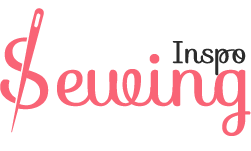
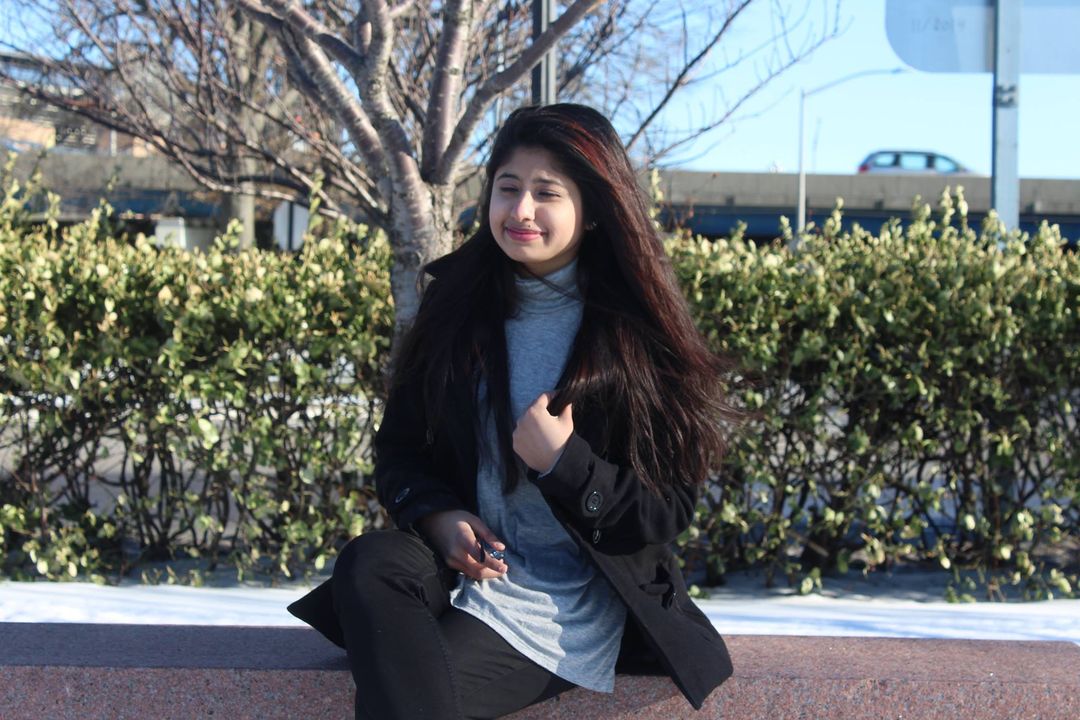
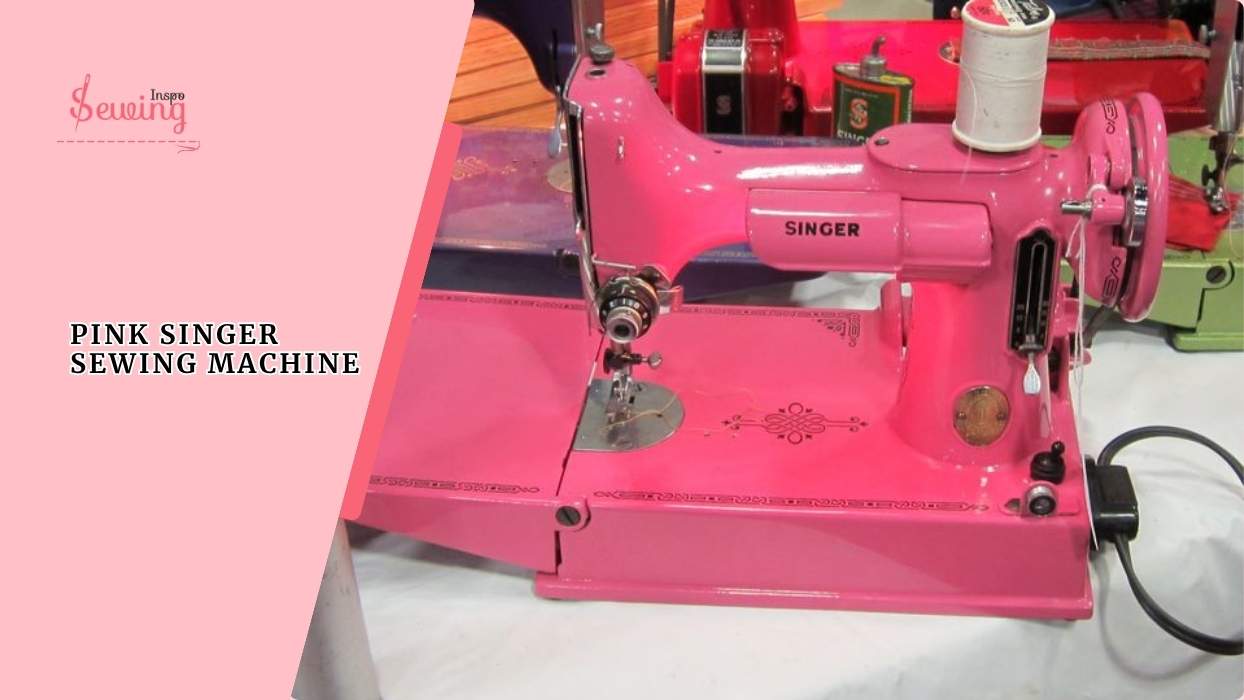
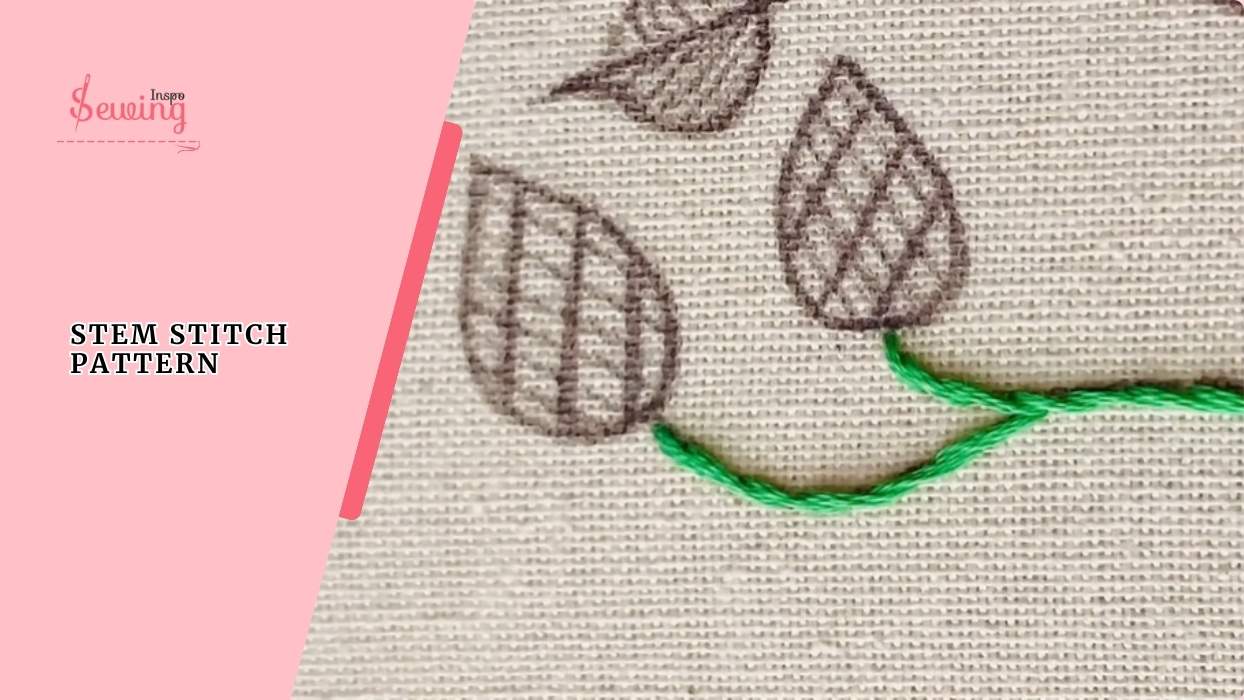
Leave a Reply